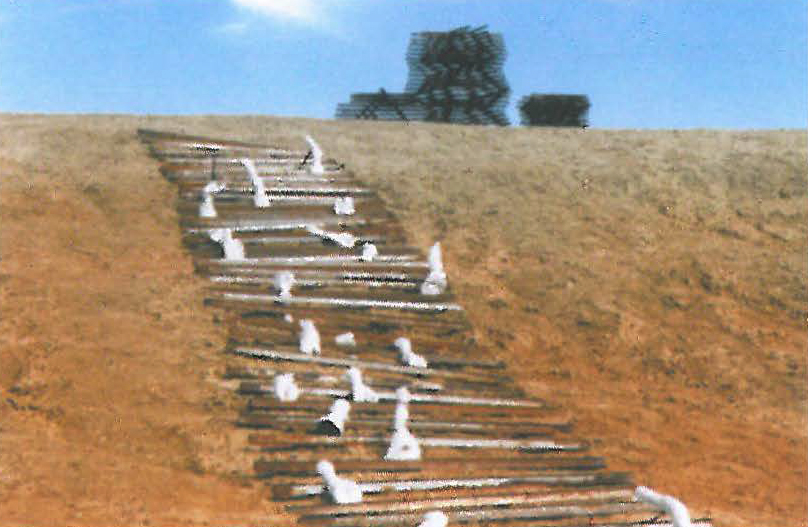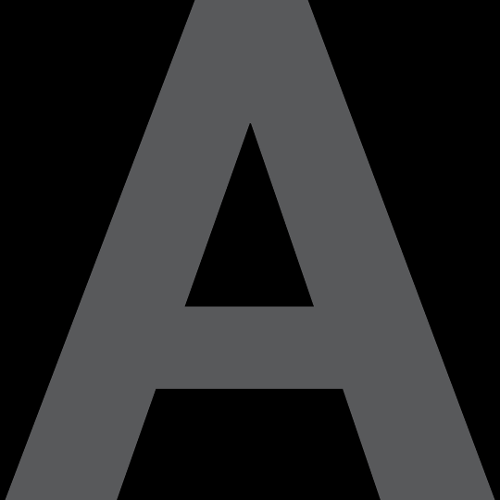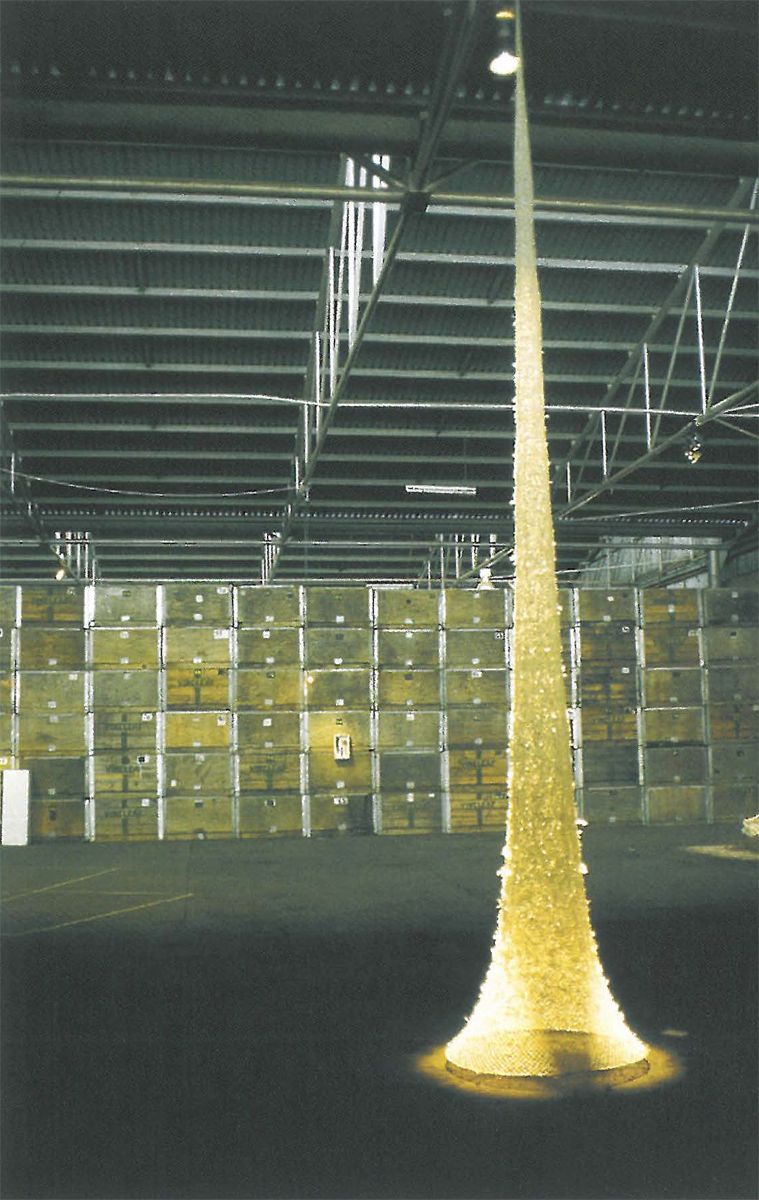
Palimpsest [Latin palimpsestus from Greek palimpsestos, from palin – again + psestos – from psen - rub smooth]
It's a word referring to a surface which has been inscribed and from which the inscription has been effaced in order for more writing or inscription to proceed. It is a term clearly related to the earliest writing, to slates and to parchments, stone tablets and all those surfaces that were used and reused. Jenny Hamilton's poem says: "The land lies beneath, a palimpsest etched, erased and re-etched by wind and time." George Orwell said: "All history was a palimpsest, scraped clean and re-inscribed exactly as often as was necessary." Rosalind Krauss said: "&the palimpsest belongs neither to the world of the subject nor to that of the object. As an abstract form, it simply implies residue. The palimpsest& is the emblematic form of the temporal and as such it is the abstraction of narrative, of History, of biography–"
This year the Mildura Palimpsest, in anticipation of the participation of 94 artists, was held in a very large fruit packing shed, the Aurora, about 20 km from Mildura. A certain number of artworks were not in the shed but at sites around Mildura, such as on the Mungo-Rumpo road, in a picker's hut in Merbein, on the road to Psyche Pump, near the Apex Caravan Park boat ramp, and so on. Locating works outside the gallery space introduces rich possibilities but finding them takes extra time and effort. There were also virtual works installed on laptops at the Mildura Arts Centre Gallery where a documentation of all the artists and artworks filled the downstairs galleries.
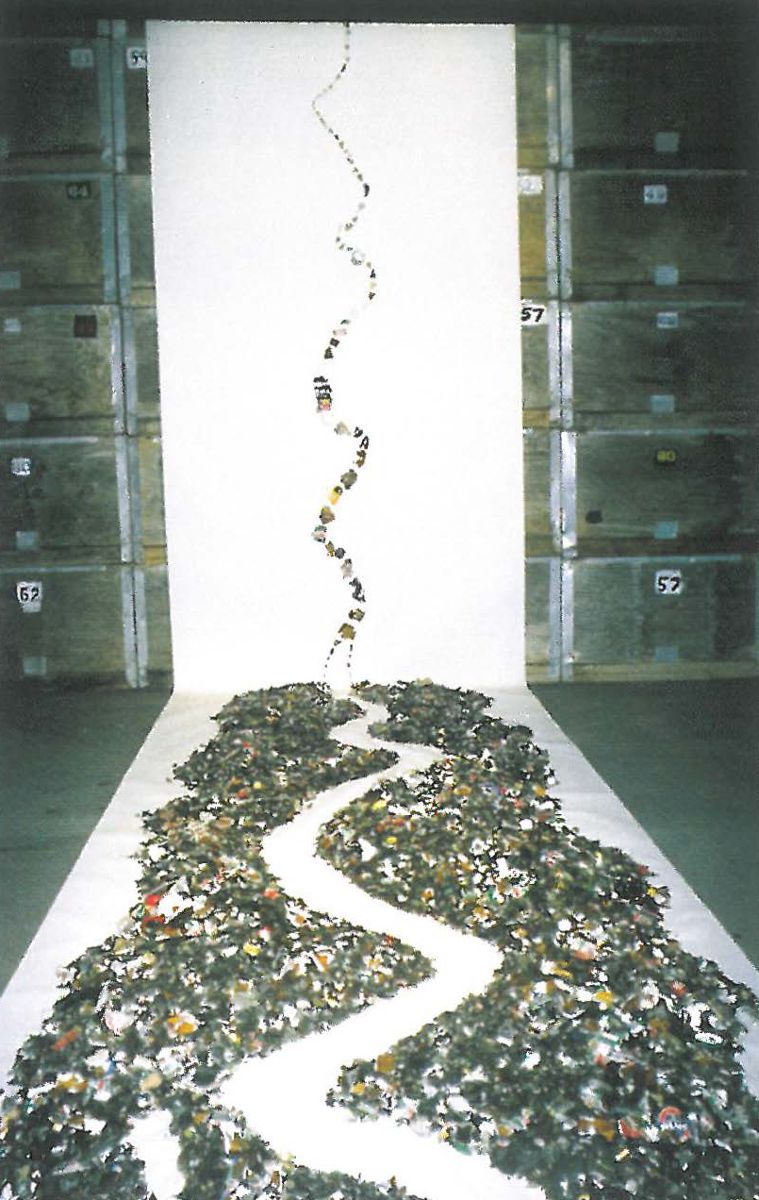
The Aurora shed was prepared for the show by making enormous walls of fruit crates. Thus, entering the space was like walking into an Anselm Kiefer painting; one of those ones of a vast wooden hall emblazoned with the names of German heroes.
When I arrived a few works had already been installed. A particularly appropriate one was Ian Marr's Nilometer, a large hunk of Mintaro slate on which had been inscribed flood marks for the Murray and words and names. The floodmarks are simply dates widely separated and particular, 1956 next to 1870, 1939 next to 1981, and so on, spanning European settlement. Scratched in watercolour pencil were two lines from The Peninsula, a poem by Seamus Heaney, an extract from which - "WATER AND GROUND IN THEIR EXTREMITY" was carved in large Roman letters in the centre of the stone. The names: Mile; Ponde; Kulin; Tongala; Hume; Murray; Nile are all names that the Murray River has been called. One of the most significant things about this evocative and memorable work was the slow discovery that it had been hand carved in situ. One element of this realisation, backed up by talking with the artist, was that the serifs of the letters flicked off slightly as if the wind was blowing them.
The scale of Marr's work suited the site well but for many works the space was too vast.
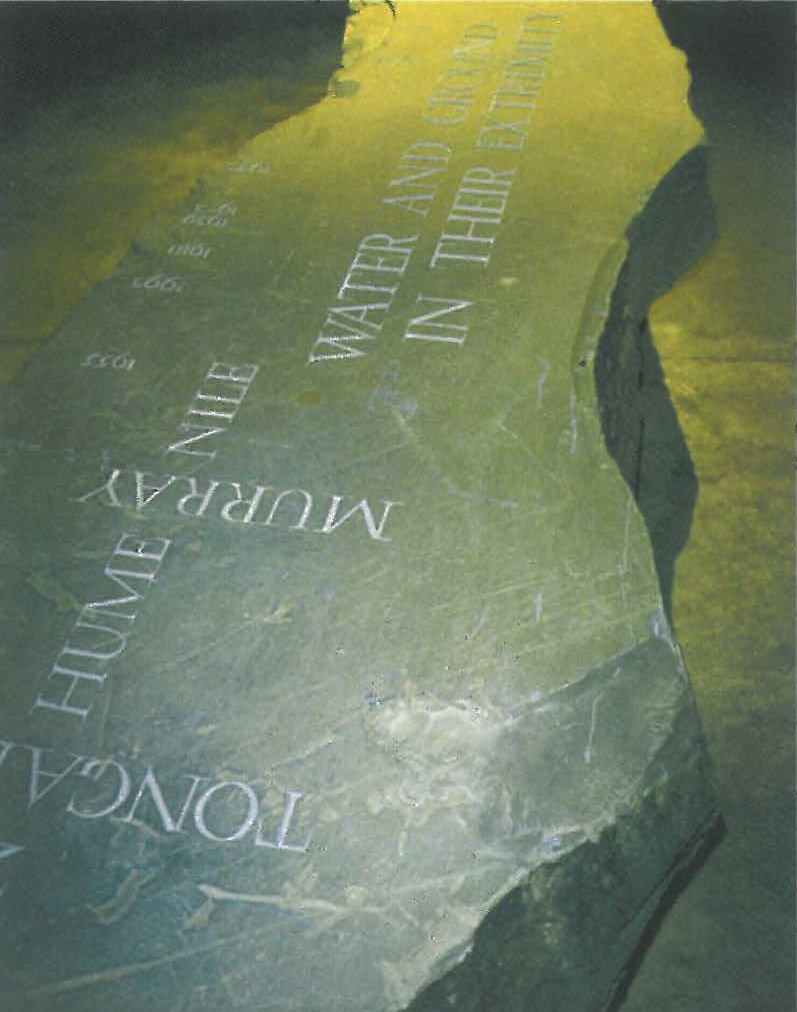
The Net, Annabelle Collett's 'cone of silence', a toxic but lovely giant net/windsock made from crocheted plastic bags held its space well. Appearing almost like a waterfall, a flow of white from high to low, the piece wore its social comment lightly.
A work by another South Australian artist, Steve Davidson, was also made on a grand scale and brought together contemplative beauty with pollution, a toxic sparkle. Davidson made a river with broken glass mixed with other rubbish. The river began high up on the wall with one piece of glass and wound down the wall getting bigger and bigger until it spilled onto the floor whereupon the river became the blank space defined by piles of broken glass and rubbish.
In Ian Tully and Peta McKay's Resilience a long smoothed bed of red sand was imprinted with letters which spelled out the names of plant species native to their local areas of Deniliquin, Moulamein and Swan Hill. A collection of seed pods ran alongside one side of the text. The narrowness of the bed of sand refers to the thin strip of land along the road that is often the only original remnant vegetation in an area.
Mildura Palimpsest is always an overwhelmingly positive event. The artists present care about the environment and they want to be involved with other artists in a substantial event. The Palimpsest is uncurated to the extent that all comers are included. It is a proving ground.
At the Forum held on the last day just before the artists scattered around Australia the future of Palimpsest was discussed. Should it be a moveable feast and travel to another regional centre in Australia? Should satellite events be held around Australia or the world at the same time as Palimpsest is held in Mildura? What makes the event special and draws people back to participate each year?
The positive spirit of the Mildura Palimpsest in the face of despair about the environment, particularly the Murray River, expresses something very important, a sense of hope. The work on show in Palimpsest is occasionally didactic but, in almost all cases, the art transforms its heart, that is its caring, into works that are memorable and effective on an aesthetic level as well as intellectually. Diversity is embraced, plurality is permissible, monoculture is not favoured complexity is acknowledged but gentleness prevails.
